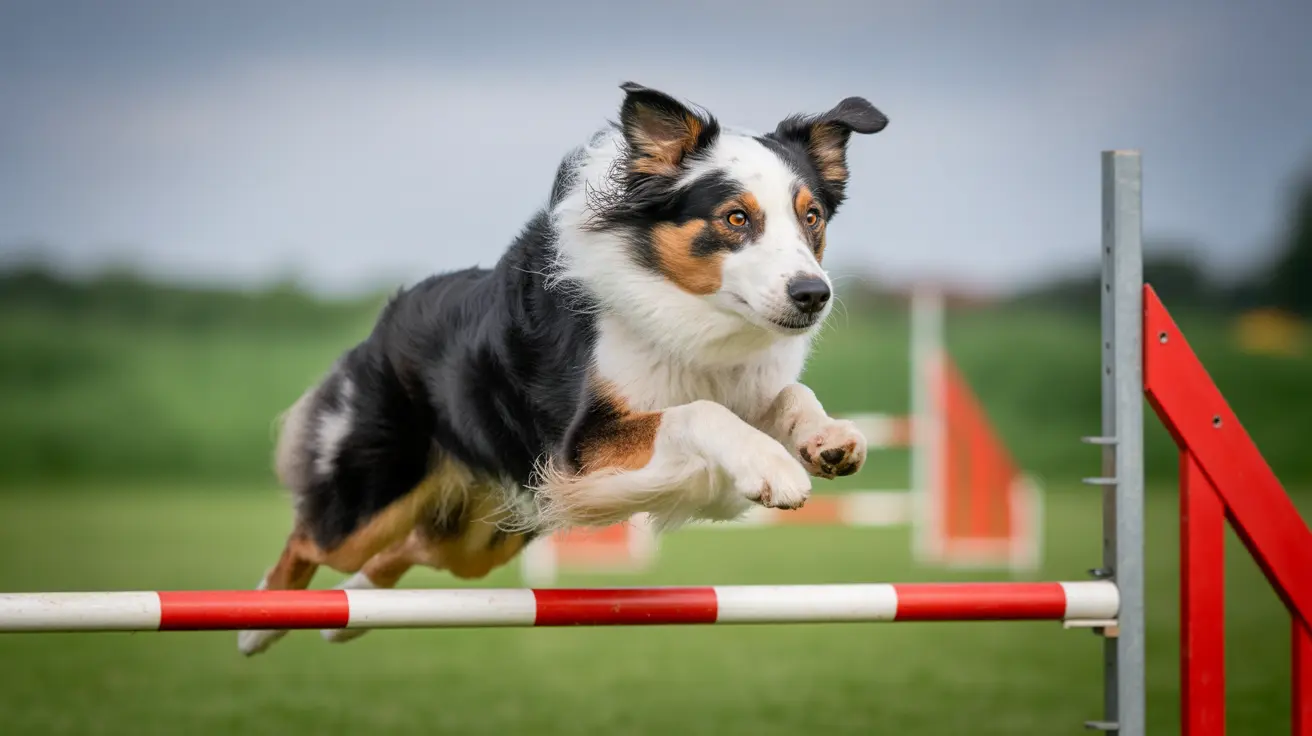Understanding the Failure Rate and Effectiveness of Invisible Fences
Invisible fences—also known as electric dog fences, in-ground radio fences, or hidden fences—have become a popular containment option for pet owners who want to keep their dogs safe within a designated space without building a traditional fence. But an important question remains: how reliable are these systems, and what is their failure rate?
Invisible fences use a combination of components including a transmitter, boundary wire or wireless signal, and a receiver collar worn by the dog. The system works by delivering a mild static correction when a dog crosses the designated boundary. While many users report success with these systems, they are not flawless and come with limitations and risks.
Common Reasons for Invisible Fence Failure
Failure of invisible fence systems can be attributed to multiple issues:
- Power Outages: Any interruption in electricity can render the system inoperative.
- Wire Breaks: In wired systems, any break in the underground loop results in loss of containment function.
- Dead Batteries: If the collar's battery runs out, the dog will receive no correction.
- Collar Malfunctions: A faulty receiver collar may not deliver the warning tone or correction at the appropriate time.
- Incorrect Installation: Poor wire layout or inadequate grounding can cause inconsistent signal delivery.
- Interference: Wireless systems may be affected by metal objects, uneven terrain, or electronics.
Behavioral Limitations and Training Challenges
Even when equipment functions properly, some dogs may not respond as intended. Factors that affect success include:
- Lack of Proper Training: Dogs require extensive training to associate warning signals with behavior modification.
- High Prey Drive: Some dogs may bolt through the boundary to chase animals or stimuli, ignoring the correction.
- Fear or Anxiety: Beeping tones or static correction may cause behavioral issues like yard fear or aggression.
- Re-entry Problems: Once a dog exits the boundary, it may refuse to return due to the fear of getting shocked again.
Invisible Fences Contain—But Do Not Protect
An inherent weakness in the design of invisible fences is that they only keep the dog contained within a space; they do not prevent threats from coming into that space. Therefore:
- Other animals: Stray dogs, wild animals, or even people can enter the yard unhindered.
- Theft Risk: Pets may be at risk of theft since there’s no physical barrier.
- No Boundary Warning: Intruding parties have no way of knowing the yard is protected by an invisible fence.
Recorded Reliability and Failure Measurements
While definitive failure rates of invisible fences are not widely published in peer-reviewed studies or product documentation, anecdotal evidence and user reports suggest that system failures are not rare, especially when:
- Training is inconsistent or insufficient,
- The dog's temperament doesn’t suit correction-based training,
- Maintenance is neglected, leading to technical problems.
Some manufacturers mention reliability rates in marketing, but real-world effectiveness varies greatly based on environmental conditions, setup quality, and dog compliance.
Who Should Not Use Invisible Fences
Not every dog is a good candidate for invisible fencing. Avoid them for:
- Very young puppies who are too immature for training.
- Dogs with anxiety or trauma history who may develop fear-based behaviors.
- Dogs with health problems that could be exacerbated by static corrections.
Consulting with a veterinarian or a professional trainer before using an invisible fence system is highly recommended.
Maintenance and Monitoring Are Crucial
To reduce the risk of failure:
- Check collar batteries regularly and replace as needed.
- Inspect the wire loop periodically for breaks or damage.
- Test the system monthly using the collar to confirm signal transmission.
- Monitor your dog's reaction and adjust the correction level as required.
Alternatives to Invisible Fencing
If invisible fences seem too unreliable or unsuitable for your pet, consider these alternatives:
- Physical Fences: Offer clearer containment and prevent outside threats, though often costlier.
- Leash Walks: Allow for supervised activity with direct control over your pet.
- Long Lines: Provide room for exploration without sacrificing safety.
Conclusion
While invisible fences can effectively contain some dogs, they are not foolproof devices and certainly not without failure points. Regular maintenance, appropriate training, and careful monitoring are essential to maximize their effectiveness. Pet owners should weigh the convenience and aesthetics against the risks and limitations. Ultimately, the decision to use an invisible fence should be based on an informed assessment of a dog's needs, temperament, and safety concerns.





